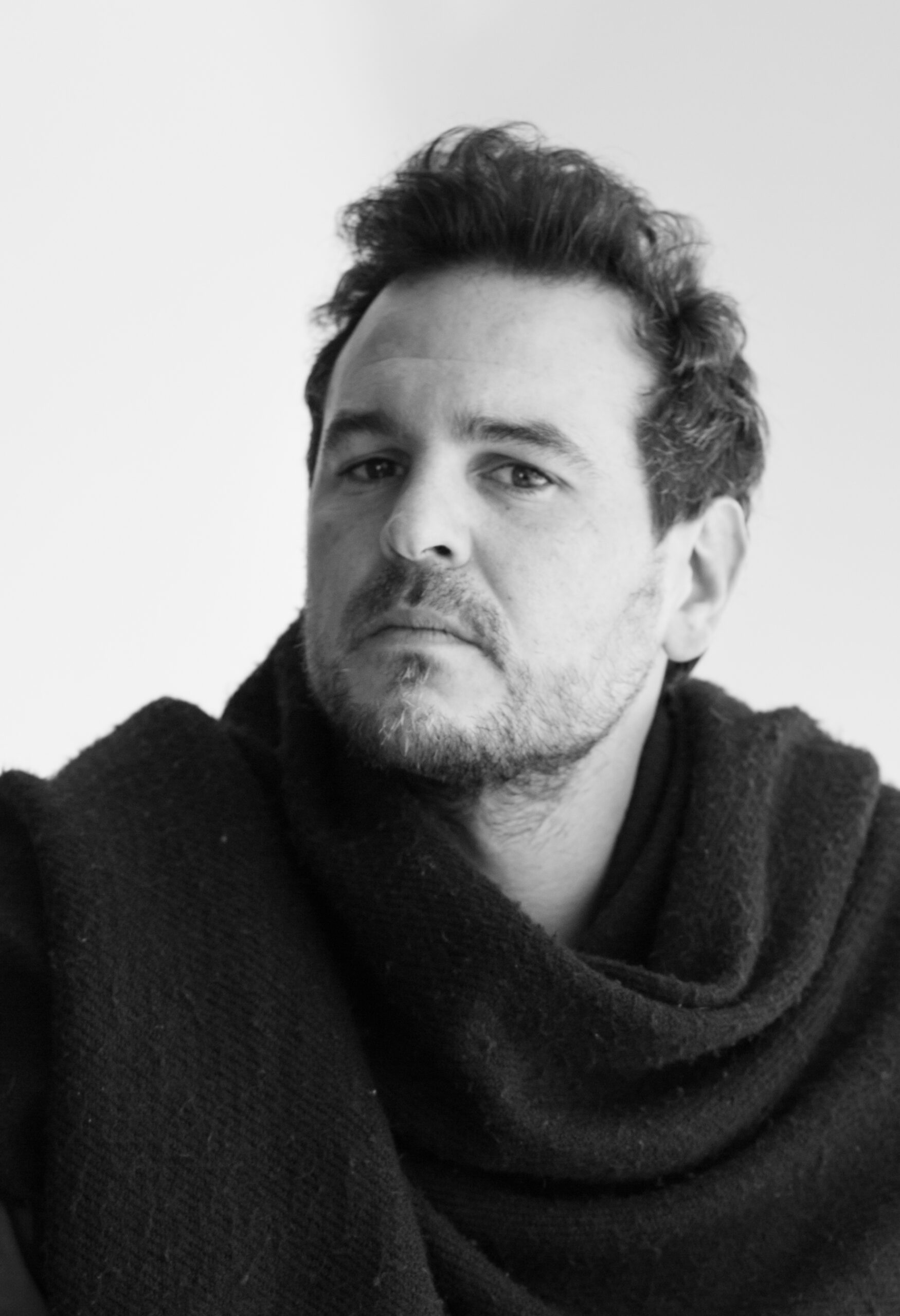
NICOLAS JANOWSKI AR
Janowski (Argentina, 1980) works between art, documentary practices and curatorial processes. His work is linked to the concept of territory, the sense of belonging and hybrid identities from an intersectional perspective in Latin America. The aspect of historical context is central in his narrative as well as its diffusion through transmedial and expanded platforms. Janowski’s projects are characterized by using different mediums to support, complement, narrate and articulate stories: Offscreen sound, narrative sound, text, cartography and archival images are some elements often used in Janowski’s projects to recreate the idea of territory and habitat. His oeuvre is part of public and private collections. Argentina’s National Beaux Art Museum & Moscow’s Contemporary Art Museum among others. He is a Board member and part of the international agency MAPS images and is represented by Vigil Gonzales (Peru) & Almanaque (Mexico) galleries.
THE INTELLIGENCE OF FLOWERS
The process of regulating cannabis has been evolving in different regions of the world, particularly in Uruguay starting in 2010. Social advancements, alongside genetic progress and its commercial derivatives, have been crucial in socially interpreting the cannabis plant and its use. This evolution also stems from a more specific and effective need: Decades of research have demonstrated that the pharmacological properties of the plant are more effective and healthier, with a higher likelihood of reducing the side effects proposed by other medicines used to treat various diseases.
Not necessarily contradicting the previous stance, this process of humanizing cannabis has led to a new and emerging trend suggesting a subtle but growing course of action. It contemplates, in contrast to the anthropic landscape, a reformulation of the connection with the plant: The reconnection with the cannabis plant through human cultivation via its use.
This line of thought is linked to a need for a “reset” in the broadest sense of the term. To paraphrase Maeterlinck, it’s to learn that the “floral mechanics have been functioning for thousands of years,” allowing us to identify ourselves intimately with plants and nature in a more concrete sense.